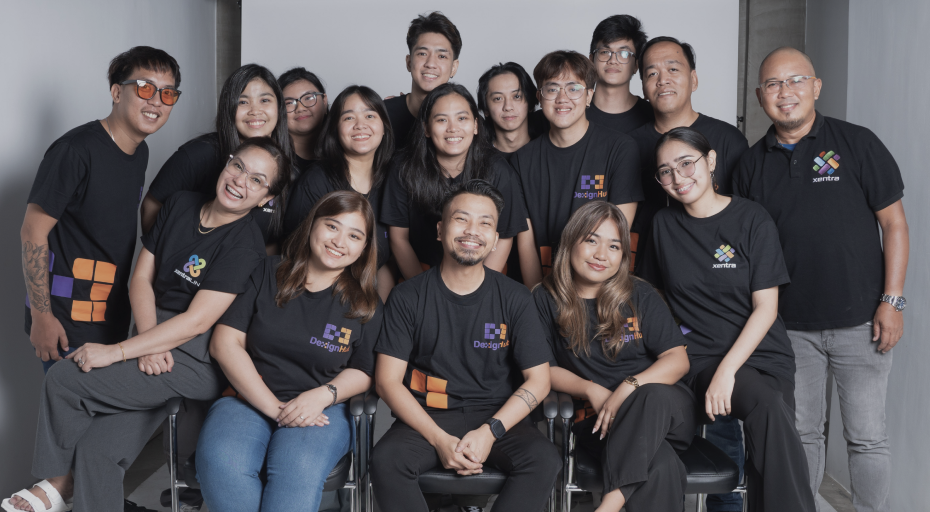Introduction: Kwento Is in Our DNA
Every Filipino has a kwento to share. From bedtime stories told by our lola, to kwentuhan sessions with friends during a fiesta, storytelling has always been at the heart of how we connect. Stories shape how we see the world, how we remember our past, and how we dream of the future.
At Dexignhub, we believe that storytelling isn’t just a tradition—it’s the secret ingredient that makes Filipino brands powerful. In a country where culture is built on shared narratives, businesses that know how to tell their story stand out, win loyalty, and inspire trust
Storytelling as the Heart of Filipino Culture
Filipino culture is woven together by stories. Before books and smartphones, we passed down knowledge through alamat (legends), epiko (epics), and folk tales. These weren’t just entertainment—they were lessons in values, history, and community.
Take the story of Malakas and Maganda, which explains not just the creation of man and woman, but also the Filipino sense of balance and harmony. Or the tales of Juan Tamad, which still serve as humorous warnings against laziness. These stories live in our consciousness because they’re part of who we are.
Fast forward to today, and you’ll see the same pattern. The reason Jollibee’s Valentine’s Day ads go viral every year is not just because they sell food—it’s because they sell feelings. They remind us of love, family, and sacrifice. The power of a story lingers longer than a product.
Why Storytelling Works Better Than Selling
When was the last time you bought something because of its features alone? Probably never.
That’s because people don’t buy products. They buy emotions. They buy belonging. They buy into stories that make them feel seen.
Emotions Over Features
A phone may have the latest specs, but what sells it is the story of connection—how it lets you video call your OFW relative or capture your child’s first steps.
The same is true for brands. Filipino consumers, in particular, gravitate toward stories that reflect family ties, bayanihan, and resilience. It’s less about what the product is and more about what the product means.
When brands stop “selling” and start “storytelling,” they stop being noise in a crowded market and start being a voice that matters.
What Brands Can Learn from Filipino Storytelling
1. Authenticity Is Non-Negotiable
Filipinos can spot a fake story a mile away. Authenticity matters because our culture values truth, even when it’s imperfect. Brands that own their flaws and tell real stories win respect.
2. Relatability Builds Connection
The best stories are the ones that feel close to home. Ads about nanay’s cooking, the thrill of a barkada trip, or the joy of sending a balikbayan box connect because they reflect lived experiences.
3. Legacy Creates Loyalty
Storytelling turns history into identity. When a brand shares its journey—how it started, what challenges it overcame—it doesn’t just sell products. It builds a legacy that customers want to be part of.
The Dexignhub Approach to Brand Storytelling
At Dexignhub, we don’t just design visuals or create campaigns. We build brand stories. Our approach is deeply rooted in understanding what makes a business unique and then shaping that into a narrative that connects with people.
When we work with clients, we don’t just ask, “What do you want your logo to look like?” Instead, we ask:
- “What’s your why?”
- “Who are the people you want to reach?”
- “What stories will they remember about you five years from now?”
From there, our designers, marketers, and storytellers collaborate to craft visuals, websites, and campaigns that feel like stories. Whether it’s through video content, social media campaigns, or a full rebrand, we design not just to be seen but to be remembered.
How to Build Your Brand Story (Practical Steps)
Here are steps any business can take to start crafting their narrative:
1. Find Your Core Message
Every brand has a “why.” Dig deep into your mission and values. Ask yourself: If my brand was a person, what story would it tell?
2. Know Your Audience
What stories matter to your customers? A family-run café might highlight nostalgia, while a tech startup may focus on innovation.
3. Choose Your Medium
A story can live in many forms—videos, graphics, blogs, or even TikTok. What matters is consistency and clarity.
4. Stay Consistent
A brand story isn’t a one-time campaign—it’s a continuous narrative. Keep your message alive across all touchpoints.
The Future of Storytelling in Filipino Branding
As we move into 2025 and beyond, digital platforms, AI, and interactive media will change how we tell stories. But one thing remains timeless: the human need for connection.
Filipino consumers will always resonate with brands that echo their values—family, resilience, humor, and hope. The brands that can merge new technology with timeless storytelling will dominate the future.
Conclusion: Your Brand Is Your Story
Storytelling is not just a marketing tool—it’s the soul of your brand. For Filipinos, stories are not optional. They are how we live, love, and remember.
At Dexignhub, we believe every brand has a story worth telling. And when told right, it can transform businesses into legacies.
Ready to share your story with the world? Let Dexignhub help you craft it.



